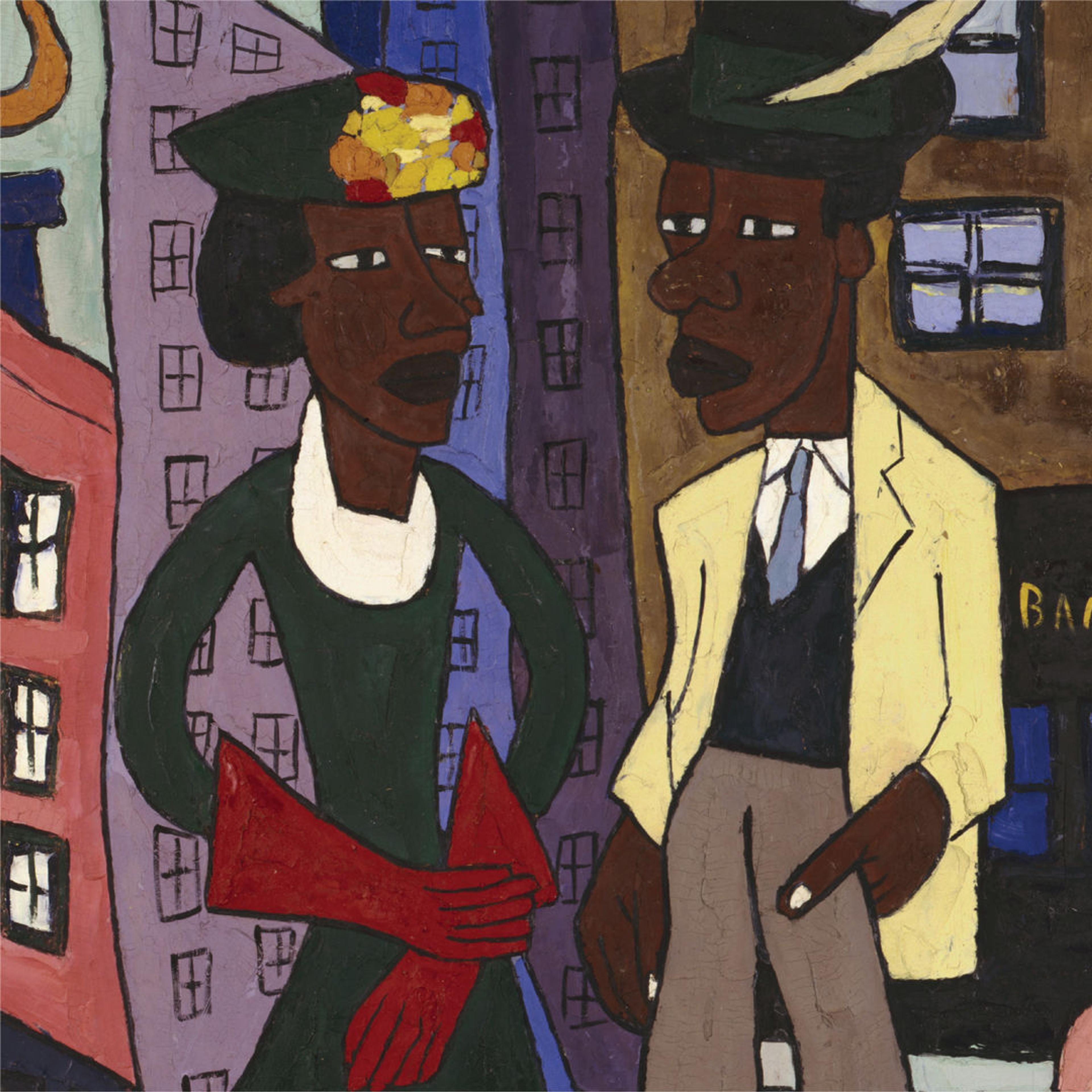100 years ago, artists and writers were forging new visions of Blackness—across America and abroad.
Introducing Harlem Is Everywhere, a brand new podcast from The Met. Hear how music, fashion, literature, and art helped shape a modern Black identity.
Listen on Apple Podcasts | Listen on Spotify | Listen on YouTube | Listen on Amazon Music
Presented alongside the exhibition The Harlem Renaissance and Transatlantic Modernism, the podcast is hosted by writer and critic Jessica Lynne. The series features a dynamic cast of speakers who reflect on the legacy and cultural impact of the Harlem Renaissance.
Supported by

ROBIN GIVHAN: The Harlem Renaissance has this sort of mythical sensibility, I think, in the culture.
CHRISTIAN MCBRIDE: There was a whole way of thinking about freedom, about a new chapter in racial pride.
JESSICA LYNNE: Maybe you’ve heard about the Harlem Renaissance in school. Maybe hearing the phrase evokes jazz, or Langston Hughes, or that spot uptown where the A train meets 125th street.
DENISE MURRELL: Langston Hughes is saying, we are going to be our own dark-skinned Black selves. And if the White folks like it, great, if they don’t, too bad. If the Black folks like it, great, but if they don’t, too bad. We know we’re beautiful and ugly, too. That’s the New Negro aesthetic.
LYNNE: I’m Jessica Lynne. I’m a writer, critic, and Zora Neale Hurston fangirl. And I’m here to be your guide to the sides of the Harlem Renaissance you might not know.
MONICA L. MILLER: When Hurston walked in the door, she famously had a red feather boa on, threw that feather boa over her shoulder and said the words “Color Struck!”
MARY SCHMIDT CAMPBELL: The artists had a very fierce sense of self-determination and were able to articulate on their own terms what they believed and how they believed African American artists should express themselves.
LYNNE: Presented by The Metropolitan Museum of Art, Harlem Is Everywhere is a podcast inspired by the 2024 exhibition The Harlem Renaissance and Transatlantic Modernism. Together, we’ll explore the architects of the Harlem Renaissance and the abundance of culture that was born of this movement.
And it wasn’t just Harlem… from Philadelphia to Port au Prince, from Chicago to Paris, we’ll trace the far reaches of this moment and look at the impact this time has had.
We’ll learn about the music…
MCBRIDE: It’s safe to say he was kind of like the first Snoop Dogg, you know, because he would write music about weed. He would write music about partying.
LYNNE: The fashion…
GIVHAN: There was no such thing as coming to church on a Sunday informally. Like, you were dolled up. If you had a fur coat, sorry, PETA, you wore your fur coat!
LYNNE: The literature…
MILLER: They flipped a coin. Whoever got heads was going to write the story about prostitution and whoever got tails was gonna write a story about homosexuality.
LYNNE: So, mix yourself a gin rickey and see, hear, and celebrate the cultural and political movement that made space for Black people to define how they were represented in the American story and on the world stage.
[MUSIC]
JOHN KEENE: We get a deeper sense of Black experience, Black interiority, Black subjectivity in a way that we had not seen before.
MCBRIDE: We’re not trying to get away from our past, we are trying to create a new standard.
LYNNE: Get ready to travel back in time with me to explore the impact that this generation has had and continues to have on us all. Harlem Is Everywhere drops February 20. Subscribe wherever you listen to podcasts.
###
